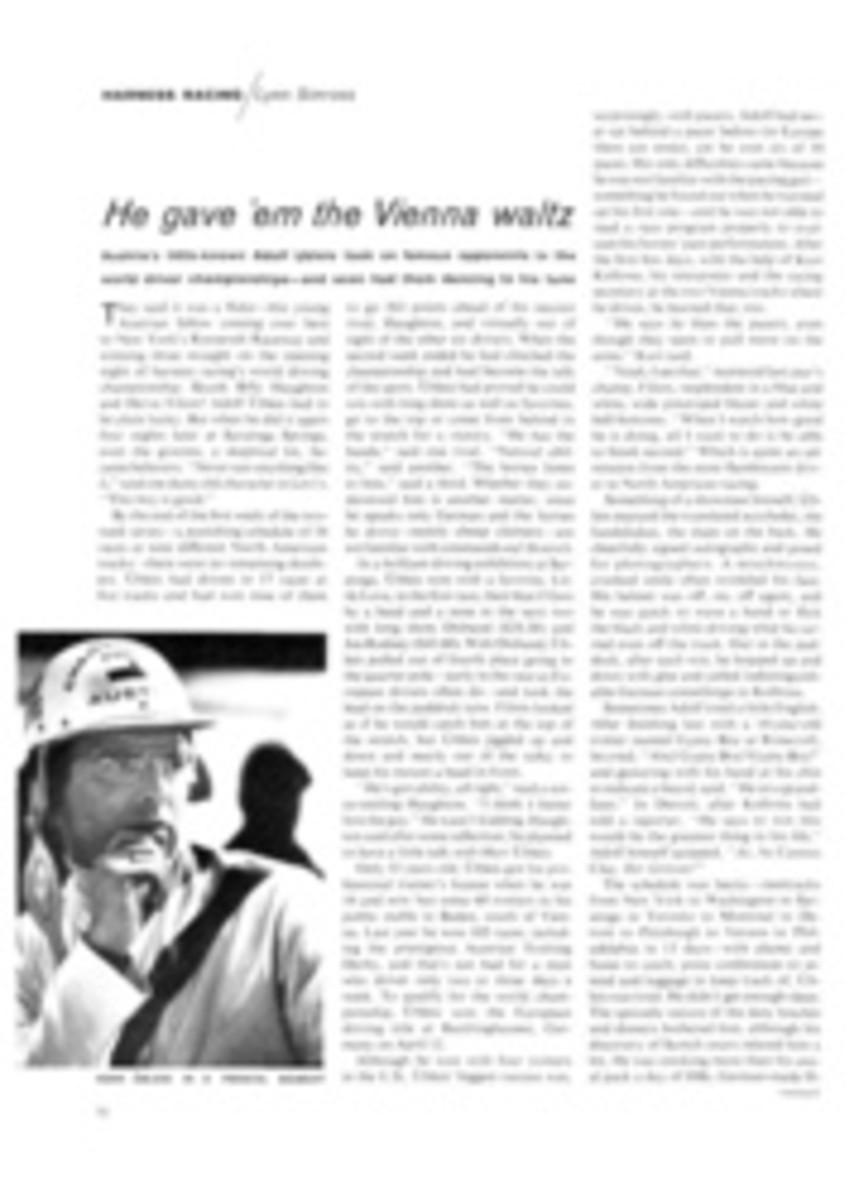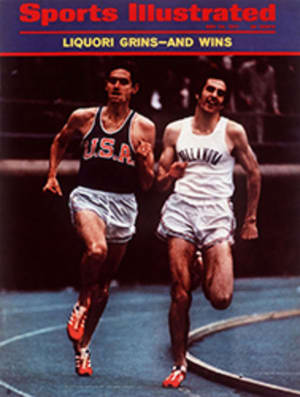
Dik-dik feet and goral skins are no joke to Ward's, Taxidermists to the World
If you are a big-game hunter, it could be worthwhile to fit one telegraphic address inside your sun helmet: JUNGLE, LONDON. This is the way you get in touch with Messrs. Rowland Ward Ltd., for over 150 years the self-styled "Taxidermists to the Sportsmen of the World." This slogan is not an idle boast. Ninety percent of Rowland Ward's output is exported, and they ship trophies as casually to Mongolia as to Maine. Today half of their clients are Americans and business is flourishing, thanks to the increased popularity of well-organized, government-licensed safari parties in Africa. Since the end of World War II, Ward's has had an office that functions as a receiving point for raw trophies at the City House in Nairobi, Kenya.
Ward's reckons it can handle around 300 shipments a year, including such trophies as bongo heads, dik-dik feet, goral skins and oribi skulls as well as the run-of-the-jungle variety. Each trophy is tailored to the customer's wishes, though some requirements are odder than others. Once Ward's was asked to stuff the newly deceased snake of a "Miss Randarn, Snake Charmer and Egyptian Dancer," so that she could continue her act. Another woman came in with a bedraggled stuffed peacock and a vast peacock-feather fan. She explained to a puzzled director that she wanted the fan made even larger, using feathers from the stuffed bird. She turned out to be a striptease fan dancer whose figure had broadened with advancing age. Ward's undertook the commission without further ado.
Anthony Best, one of the directors of the firm, is far from being a stereotyped Bwana Colonel. A handsome young man in a mod button-down pink shirt and pale blue silk tie, he lives, suitably enough, in a village called Boar's Head, and carves miniature furniture in his spare time. There is little point in attempting to enliven a visit to the Rowland Ward Mayfair showroom with stuffy old taxidermy jokes—Best has heard them all. They are, in fact, one of the occupational hazards of a profession that seems to strike the general public as irresistibly comic.
His matter-of-fact attitude is echoed by his works manager, Mr. Arthur Manning, a portly, silver-haired fellow who has been with the firm 50 years. "We are very serious taxidermists here," says Mr. Manning, and tells you that if they are asked to produce an attitude that seems to make fun of an animal instead of preserving its natural dignity, they will refuse the work. "We were asked to do a laughing zebra once," he says. "We turned it down."
The ordinary taxidermist, Manning explains, will mount animal skins on standardized fiber-glass molds; the client has a choice of a few sizes, half a dozen attitudes, and the result is a completely standardized product. But at Rowland Ward's, meticulous care is taken to make the finished beast truly lifelike.
"We do not stuff animals," says Manning. "You don't ask a sculptor or an architect if they stuff things. We build, we sculpt, we don't stuff."
The workshops are a fascinating jumble of horns, rock-hard undressed skins, partly finished zebra-foot lamps, snarling heads and mysterious boxes with labels like "Jawbones for Ovis poll." There are a removable floor to accommodate whole elephants and a handy trapdoor in the ceiling through which a giraffe's head may be poked up into the second story. One elephant was so big that they had to dig a two-foot trench to get it indoors.
Taxidermy is not a craft for the impatient, and the hunter shouldn't expect to receive his trophy any time soon after he has made his kill. Small trophies (heads or feet) can be ready in three or four months, but a full-scale animal group (say two tigers and a jackal, complete in jungle foliage with a painted backdrop) could employ the services of several men and might not be ready for over a year.
Taxidermists in general learn to take a long view of things. "Those Irish elk antlers on the wall are one and a quarter million years old," Manning says. "And we have done a handsome mount for a fossilized shark's tooth—14 million years old." It's hard to feel a sense of urgency about such things.
Prices vary widely. If the hunter is determined to make use of everything possible from his animal, the bill for trophies can add up to a tidy sum. For instance, from one elephant, the hunter could order the following: from the four feet a decanter stand, wastebasket, tray and stool; from the two tusks a wall-hanging; from the leather of the ears several briefcases, gun cases and checkbook covers; from the belly skin some shoes and baggage; from the body skin a couple of upholstered settees; from the scrotum a tobacco pounch: from the hair of the tail a dozen bracelets; from the molar teeth a set of cocktail coasters; from the canines a pair of doorstops and from the trunk a wall-mounted hat hook. It would set him back around $4,500.
"It's always difficult to quote exact prices without seeing the specimen," says Anthony Best. "I mean, the other day we were asked to give a quotation for doing the Loch Ness monster. Of course, if the occasion should arise we would be delighted to undertake the work."

